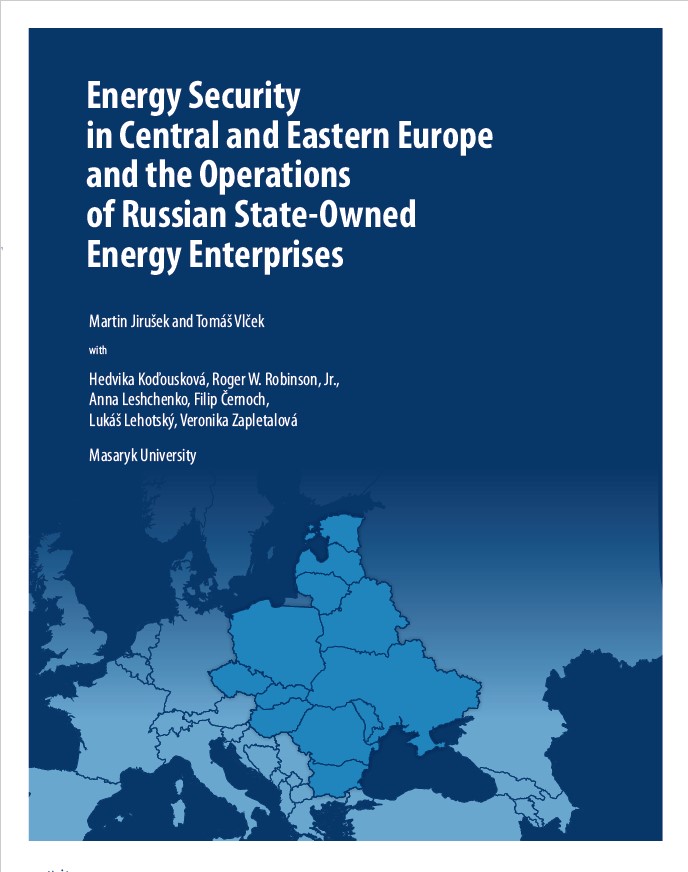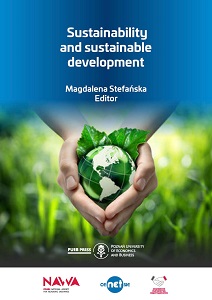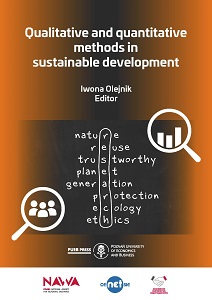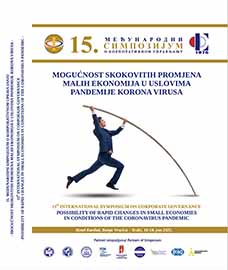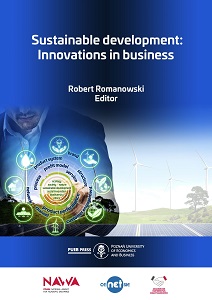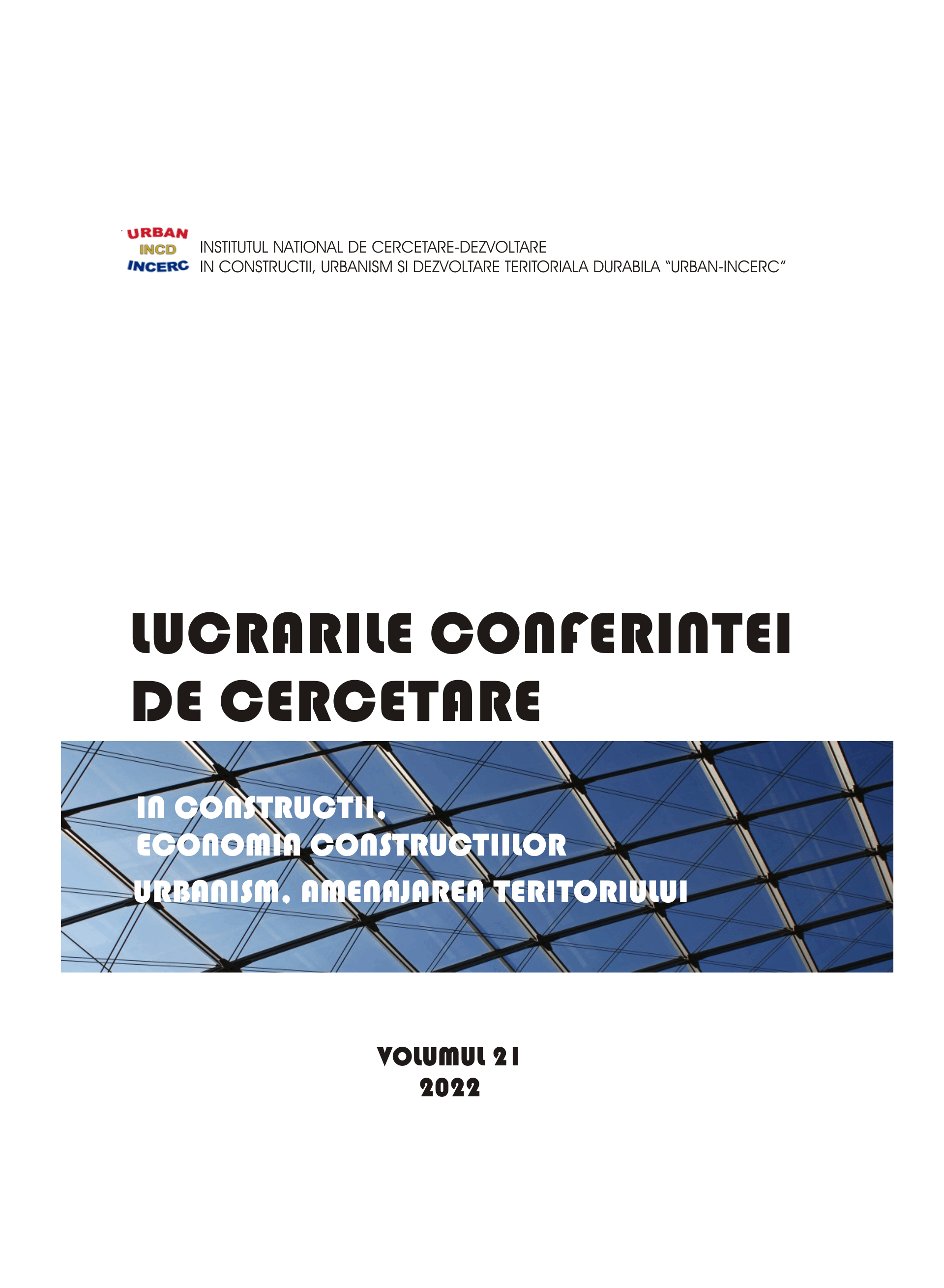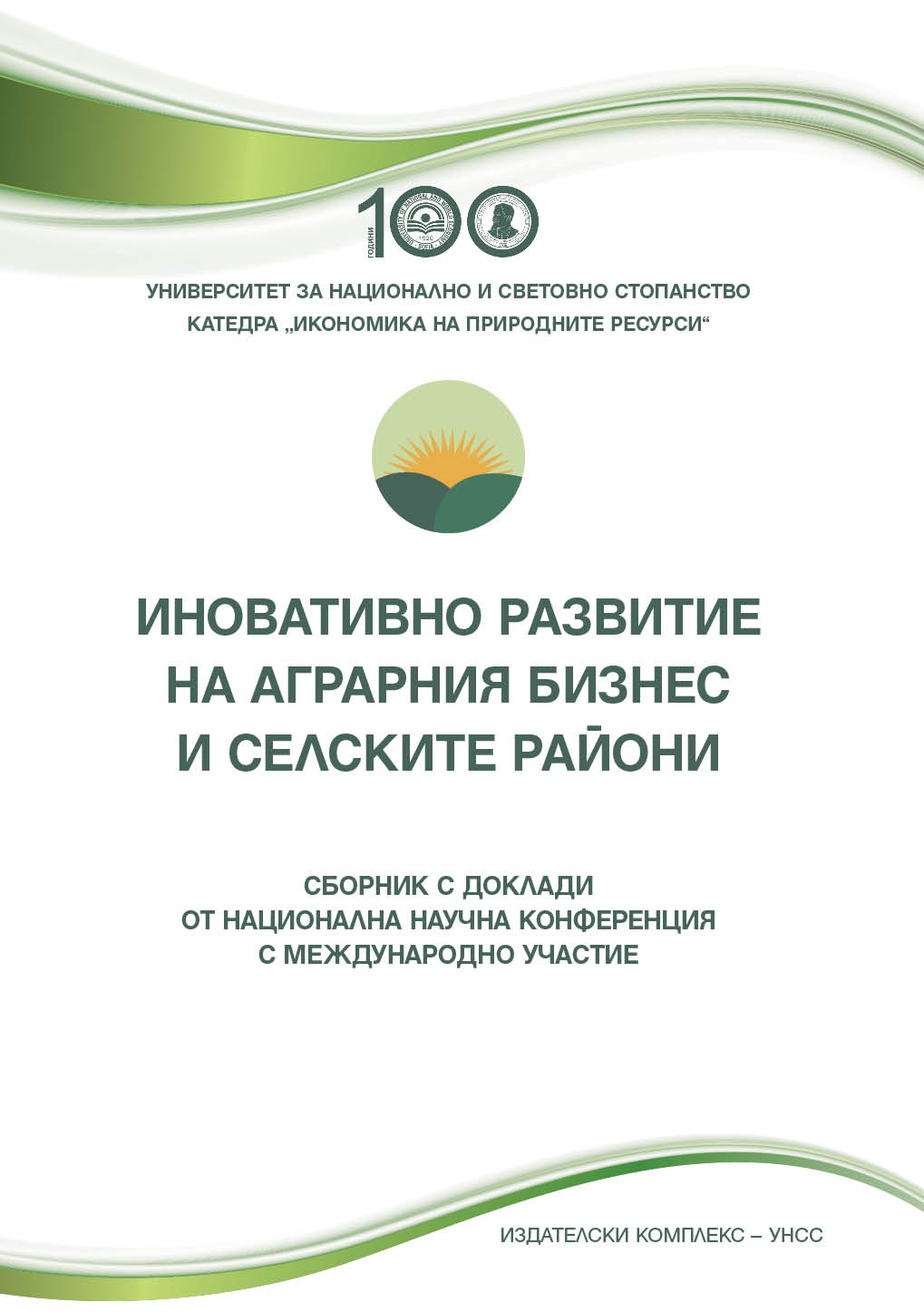Author(s): Gabriel Grabowski / Language(s): English
Publication Year: 0
The sustainable development goal 7 (affordable and clean energy) seeks to ensure that energy is clean, affordable, available and accessible to all (SD Goals, https://unstats.un.org/sdgs/indicators). Replacing fossil fuel-based energy sources with renewable ones, which include: bioenergy, direct solar energy, geothermal energy, hydropower, wind and ocean energy (tide and wave), would gradually help the world achieve the idea of sustainability. Renewable energy technologies provide an excellent opportunity for mitigation of greenhouse gas emission and reduce global warming through substituting conventional energy sources (Panwar, Kaushik, & Kothari, 2011; Owusu& Asumadu-Sarkodie, 2016). Nevertheless, investment costs, as well as political environment andmarket conditions, have become barriers preventing countries from full utilisation of the potential to improve the quality of air or water. The aim of the chapter is to initiate discussion on the importance of renewable energy as wellas its environmental and society-related health aspects. Two short case studies presented in the text allow to describe projects concerning solar installations. In the first case, it is educational institution investing in thermal solar panel systems to supply heat for domestic hot water. The results of research conducted by Filho et al. (2019) on a small sample of universities from around the world indicate that in more than half of them, only a small share of energy consumption comes from renewable sources, whilst the European Union policy has identified promotion of energy efficiency in buildings, including educational ones, as a key objective of its energy and climate policy (EPBD Recast, 2010). In the second case study, thoughts on photovoltaic systems installed to supply buildings with electricity are contained and the problem of public resource support forms for that purpose are discussed.
More...
